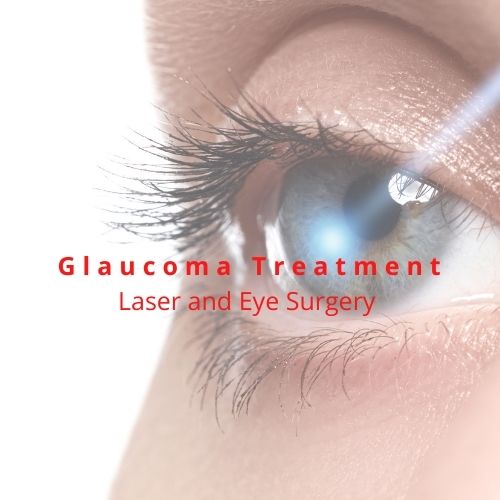Laser Treatment and Surgery for Glaucoma


Surgery for glaucoma and laser treatments are discussed.
Traditionally, glaucoma has been treated with eye drops or oral medications, but those medications can have side effects such as high blood pressure, fatigue, headache, irregular heart rate, changes in eyelid skin color, and dry mouth. Another option is laser treatments for or surgery for glaucoma.
The two types of laser treatments used to control glaucoma progression are trabeculoplasty and iridotomy. The procedures can be done in an ophthalmologist’s office or at an outpatient surgery center. They are performed to restore normal fluid drainage from the eye and thereby lower the eye pressure that causes glaucoma.
The two surgeries are implanting a drainage device or removing the eye’s natural lens and replacing it with an artificial lens, which is essentially the same as cataract surgery.
Trabeculoplasty
This surgery is used for open-angle glaucoma which is the most common type of glaucoma. It occurs when the eye does not drain fluid as well as it should and as a result eye pressure builds up and begins to damage the optic nerve.
The trabecular meshwork is eye tissue located around the base of the cornea and this is where aqueous humor drains from the eye. The trabecular tissue is spongy and the fluid drains through it into a tube that allows the aqueous humor to flow into the blood system.
A laser is used to create a chemical and biological change in the trabecular tissue that will result in better drainage of aqueous humor. The eye surgeon creates a flap in the sclera (white part of the eye) and under the flap a pathway is created that allows the aqueous humor to drain. This process creates a tiny blister of fluid called a “bleb” under the eyelid. The fluid inside the bleb will be absorbed into blood vessels.
Iridotomy
This laser procedure is used for angle-closure glaucoma which occurs when the flow of aqueous humor is narrowed or blocked by contact between the iris and the lens at the pupillary margin. The iridotomy uses a laser to create a hole at the outer edge of the iris to open the angle for fluid to flow to the trabecular meshwork and into the blood system.
Surgery for Glaucoma
Drainage devices
A drainage device can be surgically inserted to help drain aqueous humor from the eyes. This entails implanting a tiny drainage tube in the eye that sends the aqueous humor to a collection area that the surgeon creates beneath the conjunctiva. The fluid that drains into the collection area is absorbed into nearby blood vessels.
Lens removal surgery
In some cases, removing the eye’s lens and replacing it with an artificial one can lower eye pressure. This surgery is done in cases of narrow angle glaucoma in which the iris and cornea are too close and are narrowing the angle for fluid drainage. The surgery creates more space between the iris and cornea and allows better fluid drainage which can lower eye pressure.
If you would like to make an appointment, call us 609.877.2800 or EMail us.
Gregory Scimeca, M.D.
Ophthalmologist and Medical Director
The Eye Professionals
Our Locations
